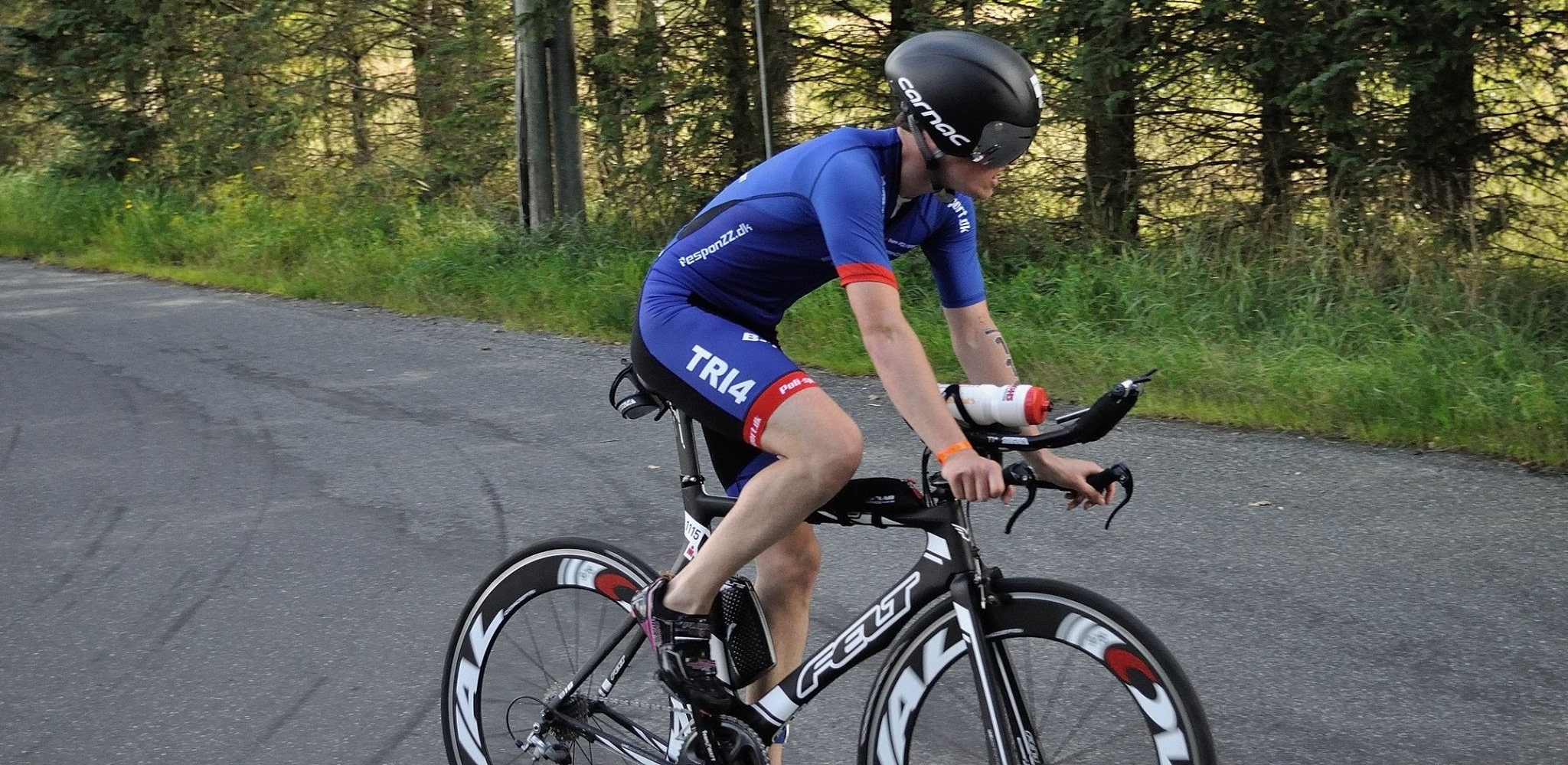As number of TeamZWATT members is growing we create better power meter technology for all. Every one of you are contributing (maybe unknowingly) and we really appreciate it. Many of you supply us with valuable data and some of you are also sharing stories. We are happy to introduce Joen, a proud TeamZWATT member and a humble triathlete. In this blog he is sharing his first experiences riding the Zpider power meter.
Inspiration

Joen And The Zpider

Why I ride with power
You have probably heard some of your cycling or triathlon friends talk about ‘FTP’ or how many watts they were pushing during that last interval. Imagine knowing exactly just how hard you are pushing yourself, instead of just closing your eyes and feeling your effort. All of my serious training buddies always told me to go and get a power meter, but I was always hesitant. They were very expensive and was I even good enough to warrant the investment?
My name is Joen and I’m just your average middle of the pack age group triathlete. I’m not a supercharged triathlete. I’m not a particularly fast swimmer. I don’t have Sebastian Kienle-legs on the bike and my run is kind of slow. I’ve been in triathlon for six years now and the reason I’m staying is because I just love the sport. I love working out with my training buddies.
Riding without a power meter
Pacing myself during the bike part of triathlons have always been my biggest challenge. How do you actually do it? I always tried to go after a perceived level of effort. This was a huge problem for me. Usually I would plan a cautious race pace based on the profile of the bike course. During the race I would then try and feel if I should go harder or slower. This always led me to either going too easy and losing way too much time or me going too hard and blowing my legs up. ‘But what about the heart rate?’ Of course I would use the heart rate monitor to try and pace myself. They provide valuable information but are skewed by external factors such as heat, humidity, hydration, stress, lack of sleep. Some experts even refer to them as ‘dated training’. They cannot show you your exact effort. So even though I would stick to my race plan and stay within the heart rate zones, my legs were often times completely gassed when I arrived in T2.
Training with power
First things first. The training experts always talk about power but what is it really? A cycling power meter is a device on a bike that measures the power output of the rider. Most power meters use strain gauges to measure torque applied, and when combined with angular velocity, calculate power. Using a power meter, you get instant feedback on your cycling computer of exactly how much power you produce currently or durational average. That is to say, it tells you just how hard you are pedaling regardless of weather and road conditions.
I’m not a training expert. I’m fairly new to the power meter-game. So why did I eventually buy a power meter? They are now significantly cheaper than they used to be and because it helps me with pacing. A power meter allows me to measure effort without external factors interfering it. As they say: Power is absolute! When using it correctly with proper tests I can get a realistic target race pace. I don’t have to worry about hilly courses or windy conditions. I just have to stick to my race plan and the planned race wattage. Racing with power My first triathlon with a power meter was a 70.3 middle distance event. It was an absolutely beautiful morning filled with sunshine. But in Denmark, the weather can always turn shitty. During that morning things started to get windy. The water was filled with nervous swimmers and things got testy. After the swim I got up on my bike and started my race plan. I have never experienced worse weather during a triathlon race. The bike ride was unequivocally gusty. I immediately regretted my decision to have a deep section-wheel upfront. I remember it as constantly shifting between crosswinds and headwinds. It then started to hammer down with rain.
But somehow just focusing on my wattage made it easier to deal with it. I didn’t worry about speed. I don’t display speed on my Garmin. I just kept my head down and focused on my watts and staying safe on my bike in the stormy conditions. When I arrived in T2 I was smiling. That never happened before.
So why do I train with power?
- Power is the most accurate way to assess the quality of my training
- It teaches me to pace myself correctly
- I can see exactly how hard I’m pedaling as I ride
- I can create exact training zones by testing myself every 4-6 weeks
- It’s easier to deal with headwinds
Thanks Joen for this story. We hope to follow him on his training journey and share his story here.
If you would like to share yours feel free to contact us at gc@teamzwatt.com
Happy Pedaling!






